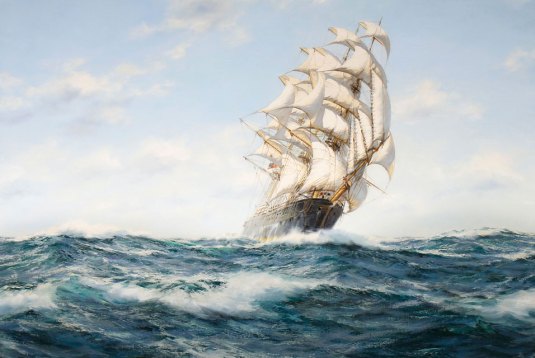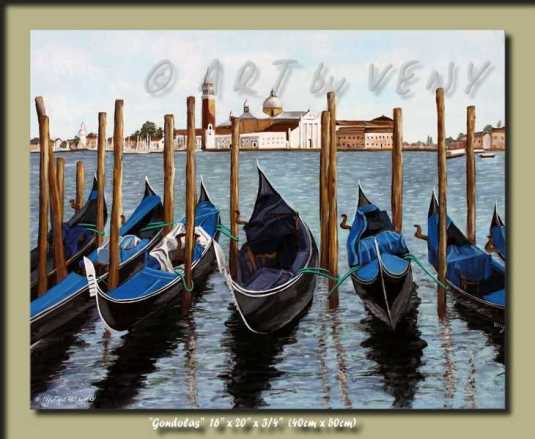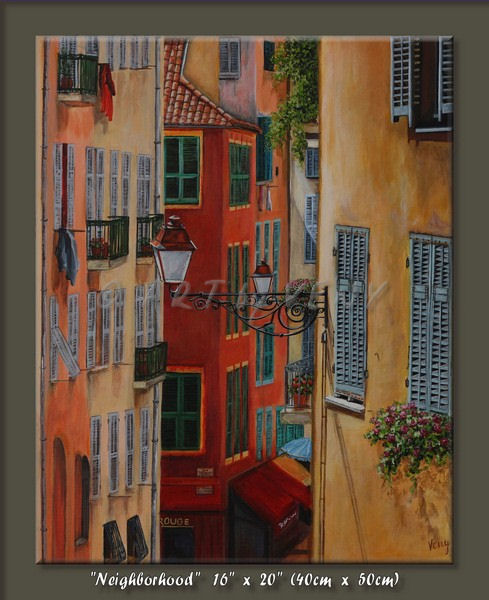Henry Scott’s beautiful marine oil painting of American Clipper “Glory of the Seas” is expected to be a highlight of nearly one hundred XVIII, IX, XX century artworks from a remarkable single owner collection to be offer at Bonhams in London on June 21. It is estimated to net £20,000-30,000 (USD 32,000-49,000).

The clipper ship Glory of the Seas was the last in a long line of medium clippers designed and built by Donald McKay at his East Boston shipyard in October of 1869. On her maiden voyage she arrived in San Francisco under the command of Capt. John N. Geit with Mr. Donald McKay on board. While in San Francisco Mr McKay sold her to J. Henry Sears & Co. and she was taken back east by Capt. William Chatfield.Glory of the Seas had principal dimensions of LOA: 240′-2″, Beam: 44′-1″, Draft: 28′-0″ and a displacement of 2,009 tons. She was a very sturdy ship as evidenced by her long career. While she was known as a clipper ship she was actually a fast packet because of her full lines. She was a good looking ship with an elliptical stern and a figurehead of a classical lady with long flowing gowns. She was the last ship built by Mr. McKay who was known as the builder of the Flying Cloud and other celebrated clipper ships. The Glory of the Seas was consistently one of the fastest ships making record passages from New York to San Francisco and from San Francisco to Australia.

Henry Scott specialized in portraits of ships with realistic atmospheres and recognized geographical places in many of his works. Henry Scott’s artwork presents historic champions of sail. During his exiting career Henry Scott met many IX and early XX century sailing captains. While earning their respect with his savvy sailing knowledge he also developed excellent commercial art audience. Henry Scott became an honorary member of the International Association of Master Mariners, group often called “the Cape Horners”.
Henry Scott’s artwork depicting majestic sailing ships was exhibited with the Royal Society of Marine Artist from 1950 to 1966. Scott’s paintings include excellent detail and accuracy bended into the romantic senses of speed, movement and light which make his work rise above that of many others.

Noted as an artist who, during his career, continued to explore the oceans and visualize the reality of the era’s passing, he assists the capture of the romantic essence of nautical history. Scott’s works are today sought after for their strong artistic merit and historical appeal. His paintings are executed with particular care taken in the creation of a strong sense of movement and attention to the elusive elements of marine atmosphere.
Linen or Cotton? Why it matters.
29 Jan 2011 Leave a comment
in Fine Art Tags: Acrylic Paintings, Art Gallery, art supplies, Artist blog, Artworks, Atists, Boats on the Lake, Cityscape Art, Colors, Cotton, Cotton Canvas, Cotton duck, decay, EU, Linen, linen canvas, Marine Art, Morning in Venice, Neighborhood, Oil paint, Oil Paints, Original Art by Veny, paintings, Primer, Provence Afternoon, Sail Away, US
As an artist and painter you are in charge of all aspects of an artwork: from choosing the project, through the paint media, the composition and colors to the canvas you work on. Everything is a matter of personal choices and preferences. I often hear that oil is classic and more professional, but for me I can’t use oils since I’m allergic to some of the ingredients so I paint with acrylic. Personally I don’t see many differences although I am sure many colleagues’ artists will argue. I do have my arguments and if you are interested to know what they are check my other article “The Artistic debate over the use of Acrylic versus Oil paints”. This is not what I wanted to discuss in this blog. I am more interested viewing different types of painting vehicles available on the market and what their uses, advantages and disadvantages are.
Choice of canvas is as important for the painting as the foundation is for a house. At the time I am writing this blog my husband and I are searching for our next home. You can kind of tell by the comparisons I am using. I didn’t know zip about foundations before, but now after looking at over 60 properties I am almost a subject expert :).
Looking in the historical prospective the mankind was initially painting on the cave walls, then on masonry stone walls and wooden boards. The wood was predominant painting surface up to 16-17 century, where first painters in Venice, Italy and then a century later artists in France and the rest of Western Europe started to use linen canvases for their artworks. Venetian artist were among the ones led the change followed many other masters on the old continent. Sail canvases were readily available in Venice one of the major trade ports in Italy at that time and offered the highest quality of the trade. Cotton duck canvases became popular in the early 20 century at first as preferred base for students and beginners artists looking for cheaper alternative to linen.
On the other hand linen canvases have many advantages over cotton ones, but the major one in my opinion is the life expectancy. If you are serious about your art use linen as it will give you stable foundation and your work will last a lot longer than if it is painted on cotton. Now, there are different qualities of linen canvases so when you buy supplies choose wisely and do research resellers as nowadays words does not weight as much as in the old days . Internet allows merchants to offer low prices but be always use caution and don’t rely solely on the description as the marketing language become so clogged and tricky to understand that sometimes I can only compare it with lawyer’s dictionary. I do have a prefered supplier and I won’t lie to you, I buy online, but I already created a line of trust with my art supplier and they continue to prove me right.
I do prefer linen for one other practical reason. My experience shows that while cotton canvases offer smoother surface they tend to suck the paint which cause change in the colors. No matter how many hands of primer I have used paint will still sink into the cotton. It made my work twice harder as I had to go back and correct the colors and even after that they didn’t appear as I wanted them to. From the economical stand point it made sense for me to buy a little bit more expensive linen canvases and use less of more costly paint and primer. Similar to high octane gasoline cost more but gives you more miles per gallon (km/l) and burns cleaner. Cheaper low octane gasoline cost less initially but produces less miles per gallon (km/l). The effect is the longer engine life. I hope you got my point. My entire collection of works is done on linen canvases and this should speak for itself enough.
Although the technologies have changed over the time the best linen is still produced in Belgium. Canvas quality is measured by its weight in ounces (in US) per square yard (grams per square cm in EU): the larger the number, the stronger and heavier the canvas. If you create large-scale works and especially murals the strength is crucially important. Linen canvas threads are longer, stronger and superior sustainable to decay. Linen materials retain its natural oils and thus preserve the flexibility of the fibers. Cotton on the other hand is easier to stretch and prime. With the advancement of the chemical technologies some can argue that with the proper base layers (acid free primers) preparation cotton canvases can successfully compete against linen canvases life expectancy. I do not disagree but as I said in the beginning I believe linen canvas are better choice for professional art. Yes, there are still the traditional painting standard, but only the time will and can prove it. Yet, many modern artists are experimenting with canvases made from synthetic materials which may be the choice of the future.
All contents © copyright 2010 ARTbyVENY.com
I invest substantial amount of time to find and research interesting and relevant topics for my blog page.
If you like to support my research efforts donate now to keep this blog site alive.
Thank you! Your donation is appreciated!



